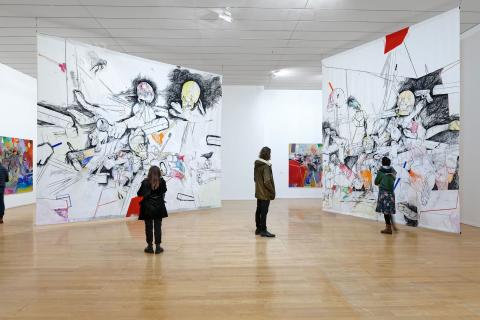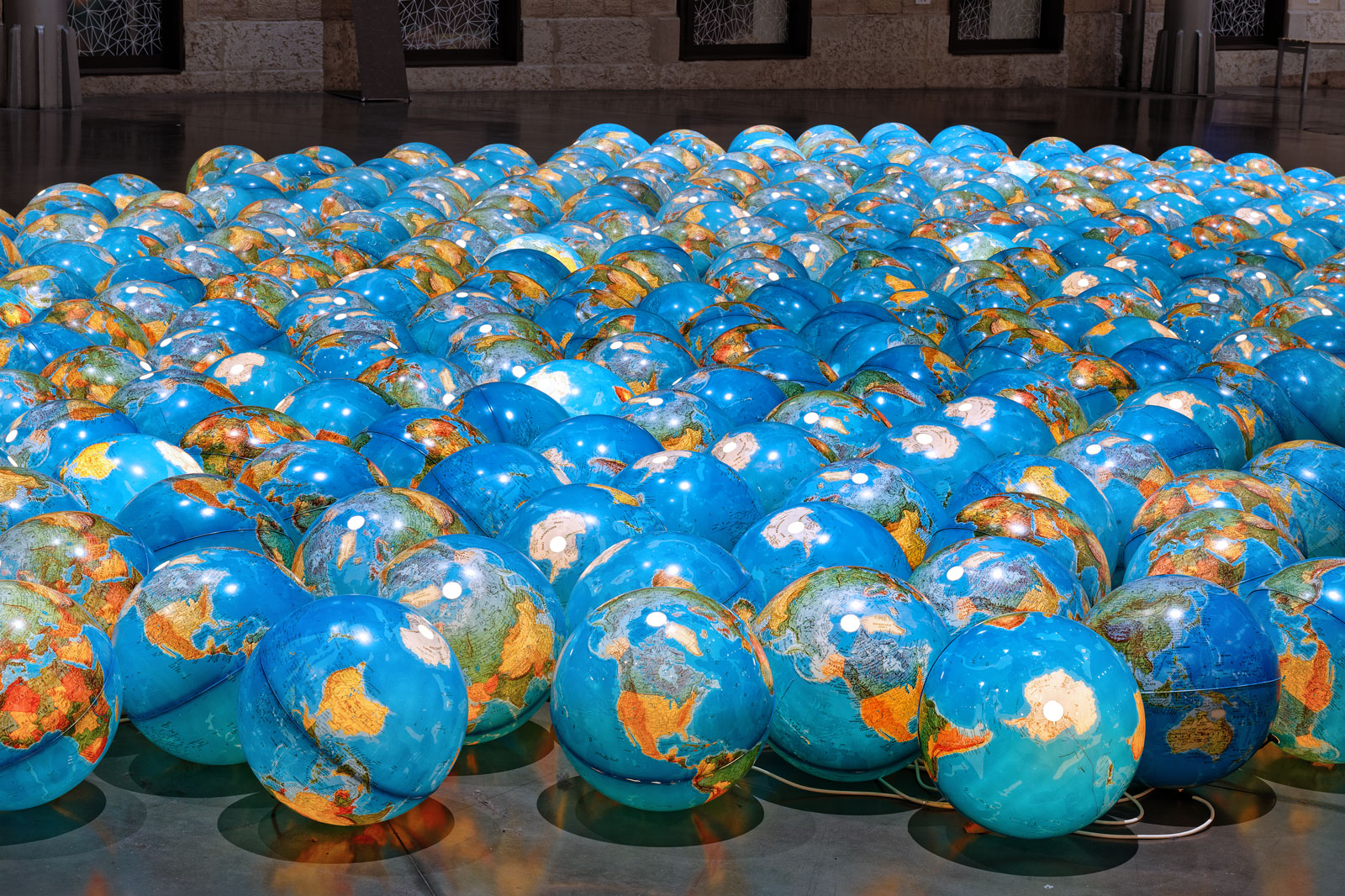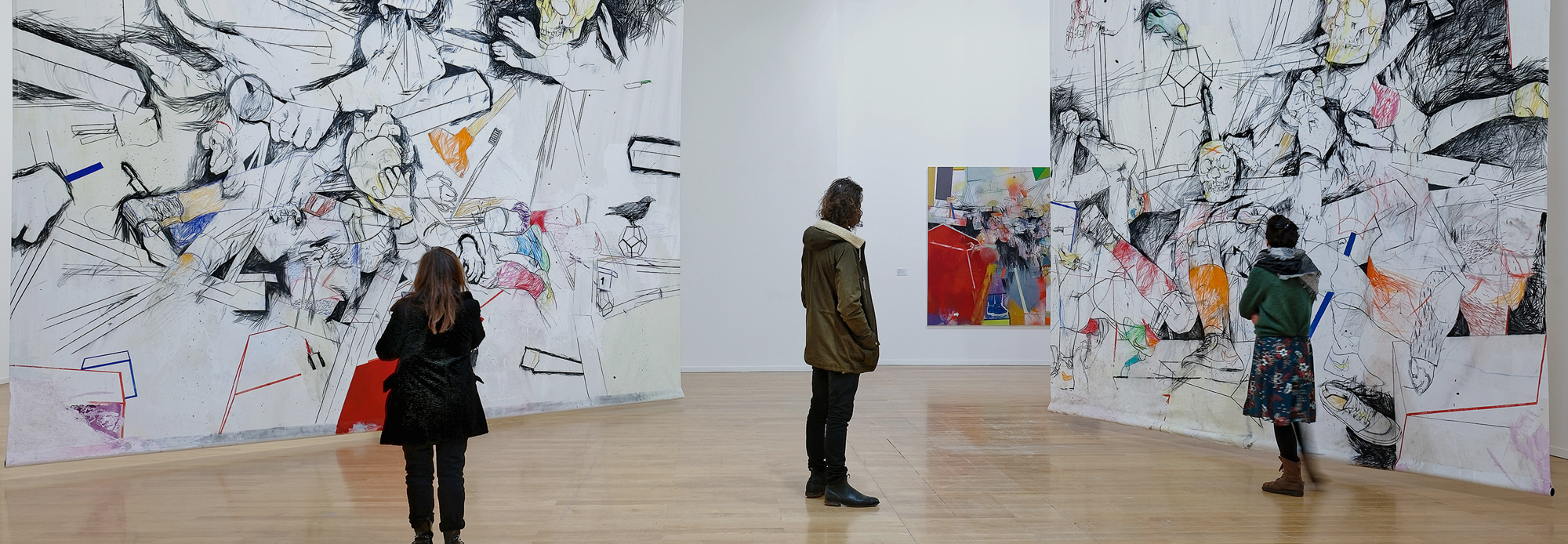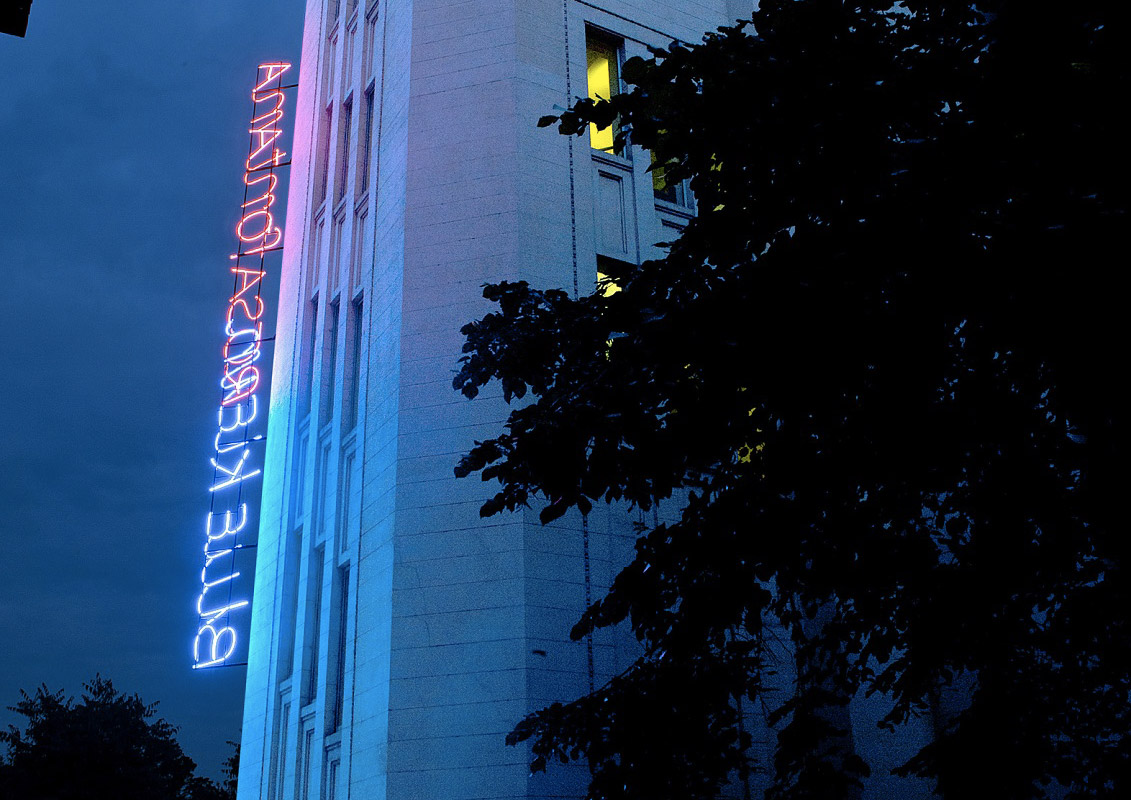More about the collection

History
The macLYON Collection began when the Lyon City Council made the decision in 1980 to develop contemporary art. At the time, there was a large gap between Lyon and the international arts scene in places like the United States and Europe. A pragmatic choice was made not to catch up with the international scene, nor to fill a gap, but instead to assess art as it was, and to work with living artists with the aim of creating a museum that suited them. This resulted from a desire to make things possible both artistically and technically, and to establish a collection comprising mostly installations, as well as works that are elusive as objects (performances, actions, happenings, events), pieces that tend to defy categories and traditional methods of conservation and exhibition.
Since then, the artists invited to contribute to the development of the museum project continue to challenge the institution. The fragile, even the unpreservable, the monumental, the fleeting and technology rub shoulders with the body, the temporary, the tiny and the elusive. The collection stems from a simple principle: the exhibition becomes the artist’s workspace, the challenge around which the artist centres his/her work. For the museum, the exhibition raises questions relating to production, scenography and the acquisition of works.
Specificities
Initiated by Thierry Raspail, the macLYON Collection currently consists of more than 1,400 pieces, the vast majority of which have been shown in collective or monographic exhibitions organized by the museum. As early as 1984, when the first exhibitions were inaugurated, works were created by living artists as part of exhibitions, and it was in this context that many works were produced, developed, tested, and selected to be acquired by the museum.
Anchored in the actuality of the visual arts, the collection presents a great variety of forms, materials and dimensions: performance, painting, video installation, sculpture, sound installation, photography, drawing, cinema, computer programming and books. It is characterized by a large proportion of monumental installations, indicative of art’s evolution towards the creation of immersive worlds, which can be directly experienced by the visitor.
The macLYON also has the distinction of acquiring complete exhibitions, which can be shown at a future date, but it also conserves works that deliberately test the limits of their medium and the established categories of artistic disciplines in terms of what is new.
Online collection
Brows our collection online










